What India Needs is Fewer Lanes and More Common Sense: Opinion
We can do with fewer lanes and more common sense on Indian roads if we want to be truly world-class… At the risk of sounding like a broken record, let me give you your timely reminder that India’s roads are giant killers. With an average of 4 lakh road accidents annually.

At the risk of sounding like a broken record, let me give you your timely reminder that India’s roads are giant killers. With an average of 4 lakh road accidents annually, of which a whopping 1.5 lakh result in fatalities, Indian roads sure live up to the reputation. We have the highest death toll in the world – 11% of the world’s total road deaths take place in India, even though we only have 1% of the total number of vehicles, globally. And it’s not something to be proud of or brag about.
However, is it right to lay all the blame on Indian roads? A decade or two ago, perhaps. But given the current and rather spectacular road infrastructure of the country, it’s quite evident that it’s not the road but the callous attitude of people – not just the road users but also policymakers – that’s responsible for this mess.
Allow me to explain. The other day, I was on my way to Jaipur via the new Delhi-Mumbai Expressway. It’s a world-class piece of tarmac, without a shadow of a doubt. On this occasion, though, I wasn’t behind the driver’s seat but rather a passenger in a cab, hoping for a stress-free ride to my destination. That, however, wasn’t to be the case.
As soon as we entered the expressway, I realised that our Etios Cab was electronically limited to 80km/h. Yes, that’s mandated by law. All commercial vehicles, at least in Delhi, have a speed limit of 80km/h for safety reasons. Now, given the fact that more than 50% of all road accidents in India are caused by overspeeding, it makes sense. But, then, on an expressway, where the speed limit is 120km/h, doing 80km/h sounds a bit silly. Now, such a limit may work within the confines of a city, but on a high-speed expressway, it turns you into a liability, a moving roadblock for faster-moving private vehicles, and a possible death trap, especially when more than half of the drivers on the road don’t follow lane discipline. What’s more, it reduces your average speed drastically, meaning you don’t save time using an ‘expressway’ either. I simply fail to understand the efficacy of this twisted logic.
Also Read: Dear Government, Please Stop Giving Step-Motherly Treatment to Motorcyclists
Thankfully, it seems that the Road and Transport Ministry is also already aware of this problem. In April 2023, the authorities suggested that speed governors would no longer be mandatory, although nothing concrete has materialised so far even after more than six months. It may take another six months or six years, who knows!
The funny, or sad, part is that nobody seems to care about these little things. It seems that we are waiting for a catastrophe. And what will happen then? A knee-jerk reaction, culminating in another short-sighted judgement, which is more like to be counterproductive over time than trying to fix a leaky faucet by banging it with a hammer.
The other big problem that we must deal with is that of law enforcement. Sure, you have got a 14-lane expressway with all the amenities, but what’s the point of it all when an average road user is not aware of how to use it safely? Take any new expressway today, and you will still find people taking the wrong way, slow-moving trucks hogging the fast lane, and private cars moving at breakneck speeds – sometimes twice as fast as the limit. You may think that it’s not a big deal, but when all these elements come together, they present a very ugly picture, to say the least. A case in point is the recent collision of a speeding Rolls-Royce with a truck on the Delhi-Mumbai expressway. The car driver was over-speeding – reports suggest over 200km/h! – while the truck driver, from what I know so far, was going too slow on a fast lane. The closing speed of the two was stratospheric, and the result was a terrible collision, leading to the loss of lives.
Also Read: Unpopular Opinion: Don't Save the Manuals!
So, who’s to blame here? The car driver or the truck driver? If you ask me, I wouldn’t blame them for playing stupid games on the road but rather for feeling overconfident that they were doing nothing wrong. For most road users, that is the case. Flouting rules has become so common that there’s no fear among us. It’s a routine, a habit. And even when we get caught, we all think that we can have a friendly dialogue with the traffic police and get away with doing even the silliest of things on our roads with just a few hundred rupees. Our roads are a free ground to play, so why bother? And that’s where the problem lies – we are missing the forest for the trees. To make our roads safer, we don’t need more lanes but a complete overhaul of our approach and a little bit, or perhaps a whole lot, of common sense.


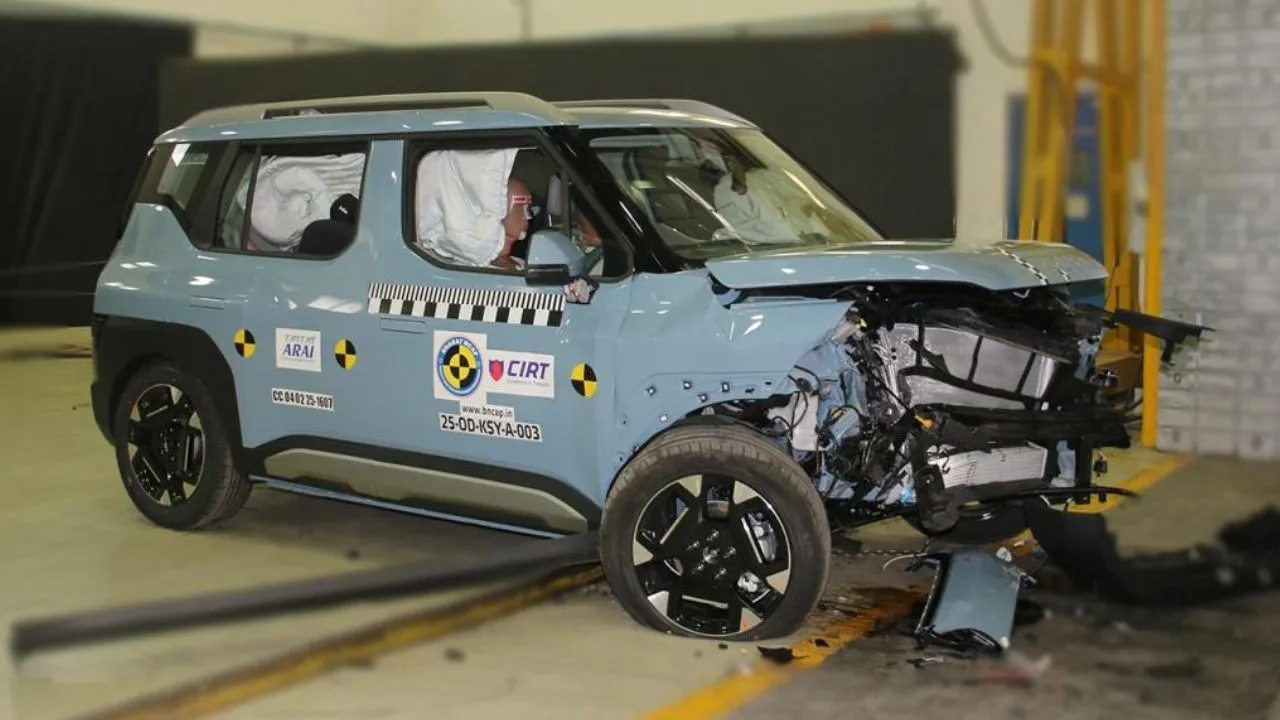
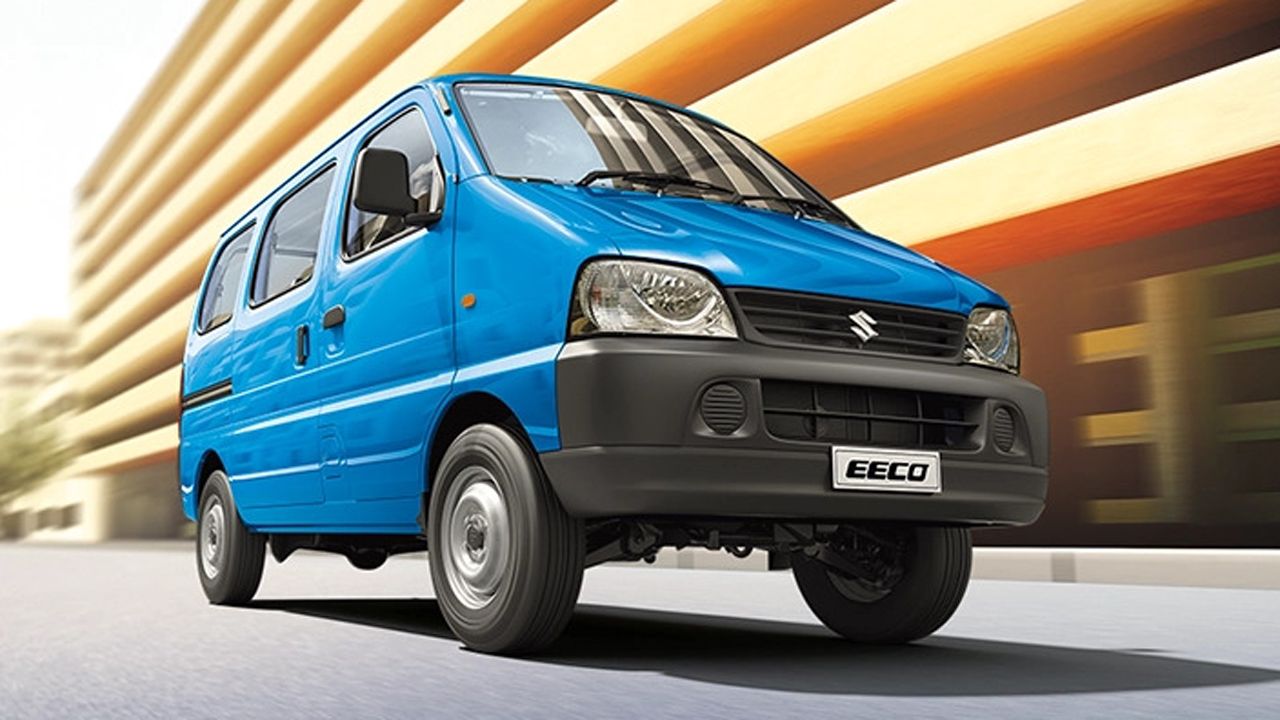
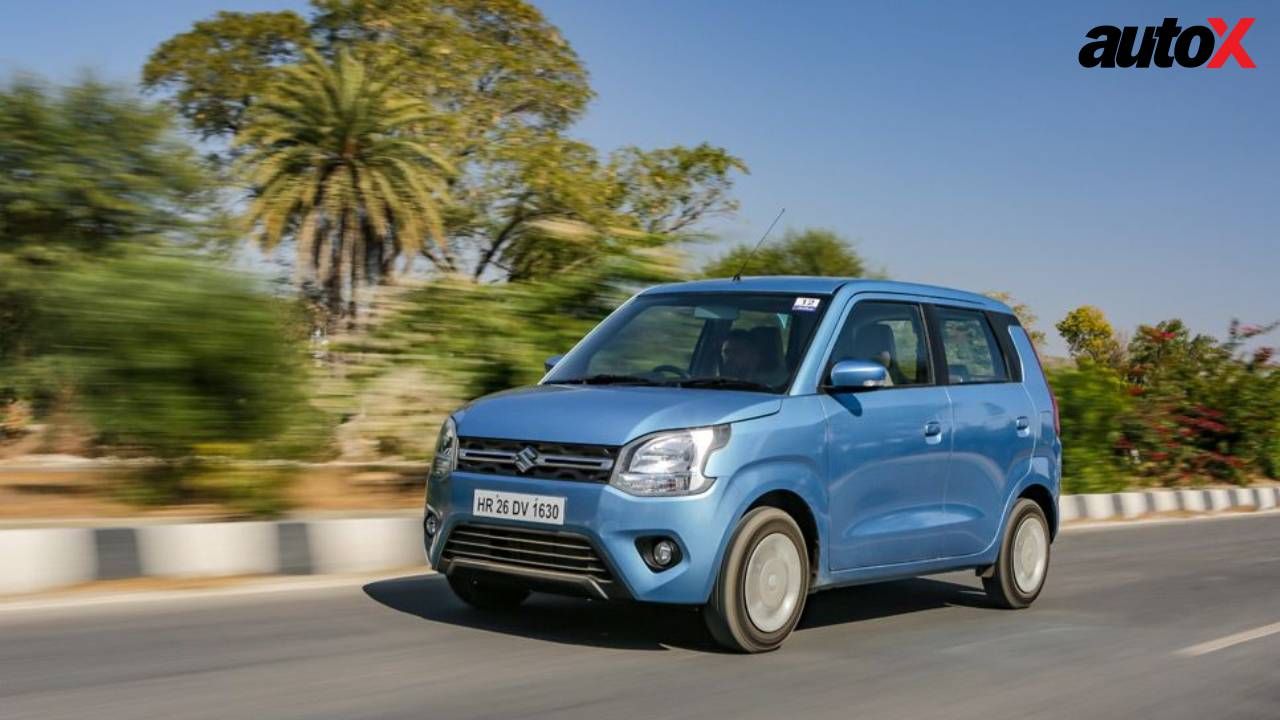

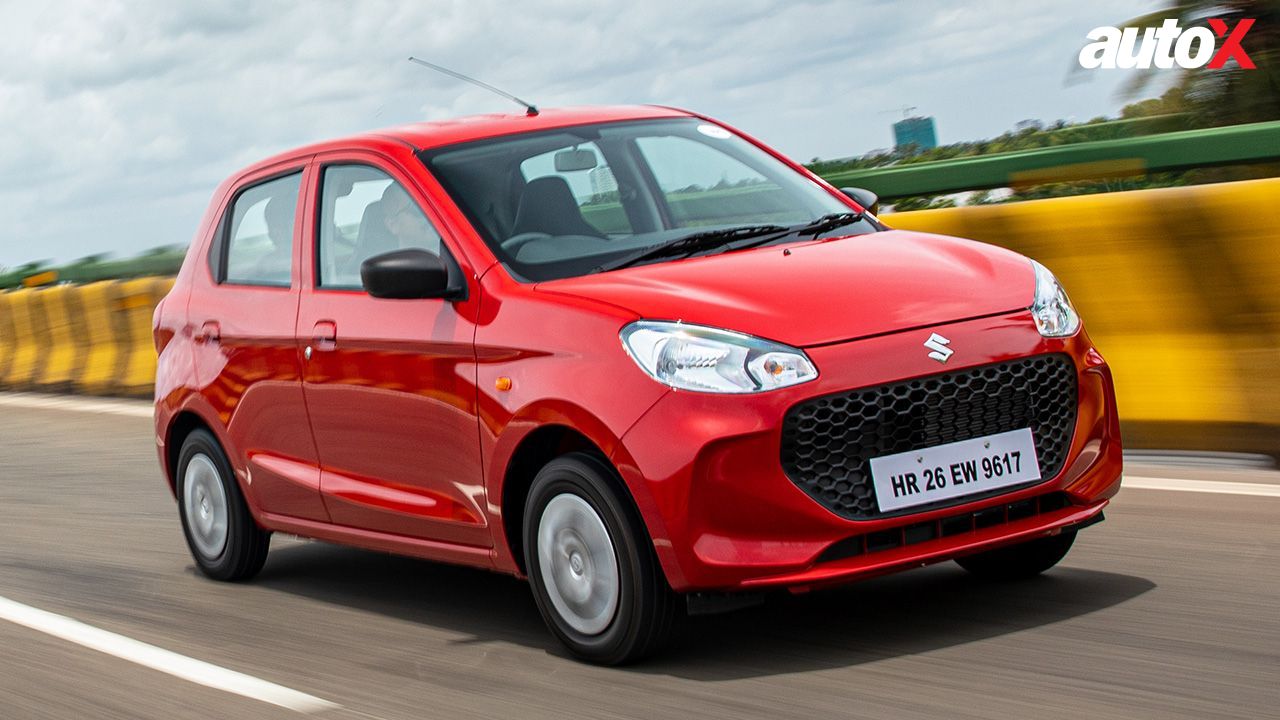
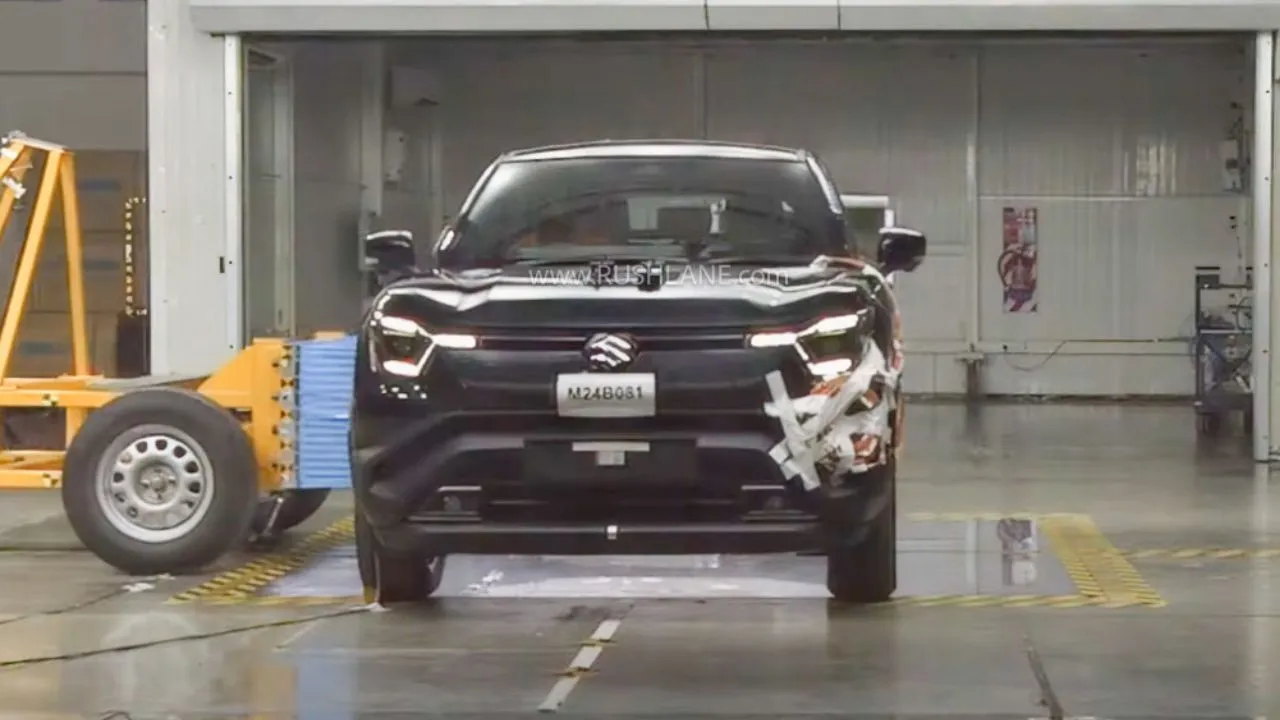
Write your Comment on